La Tercera Gran Revolución de la Comunicación en las Organizaciones y la inminencia del DircoN
Keywords:
Organización, Comunicación, Estrategia, Metanoia.Abstract
A pesar de no haberlo advertido aún de manera categórica, quienes reflexionamos, estudiamos y trabajamos en el ámbito de las organizaciones y la comunicación, estamos transitando por un cambio de época que nos convoca a que reconsideremos algunas de las “verdades inmutables” sostenidas desde hace al menos un cuarto de siglo.
Estamos en los albores de una Tercera Gran Revolución de la Comunicación en las Organizaciones que nos llevará al imperativo de impulsar una “Segunda Evangelización” histórica en estos ámbitos.
Con cierto espíritu prospectivo, especulamos con la inminente aparición de una nueva figura -el DircoN- (Scheinsohn, 2011) que es quién debe enfrentar los inéditos desafíos impuestos por la revolución en ciernes.
El presente artículo es un disparador para propiciar una conversación que nos está faltando, una necesaria discusión que se nos impone y a la que sin embargo –generalmente por comodidad- venimos rehuyendo.
Published
How to Cite
Issue
Section
The authors that publish in this Journal accept the following terms:
a. Authors retain copyright and grant the journal right of first publication with the work simultaneously licensed under a Creative Commons Attribution License Attribution-NonCommercial-NoDerivs 3.0 Unported (CC BY-NC-ND 3.0) that allows others to share the work with an acknowledgement of the work's authorship and initial publication in this journal.
b. Authors are able to enter separate, additional contractual arrangements for the non-exclusive distribution of this journal's published version of the work (e.g., post it to an institutional repository or publish it inside a book), with an acknowledgement of its initial publication in this journal. All the works published on this Journal are retrieved and safeguarded in the Institutional Repository of this University: Repositorio UNLaM
c. Authors are allowed and encouraged to post their work online (e.g., in institutional repositories or on their website) prior to and during the submission process, as this can lead to productive exchanges, as well as to enriching and enlarging the number quotations on the work published.
















